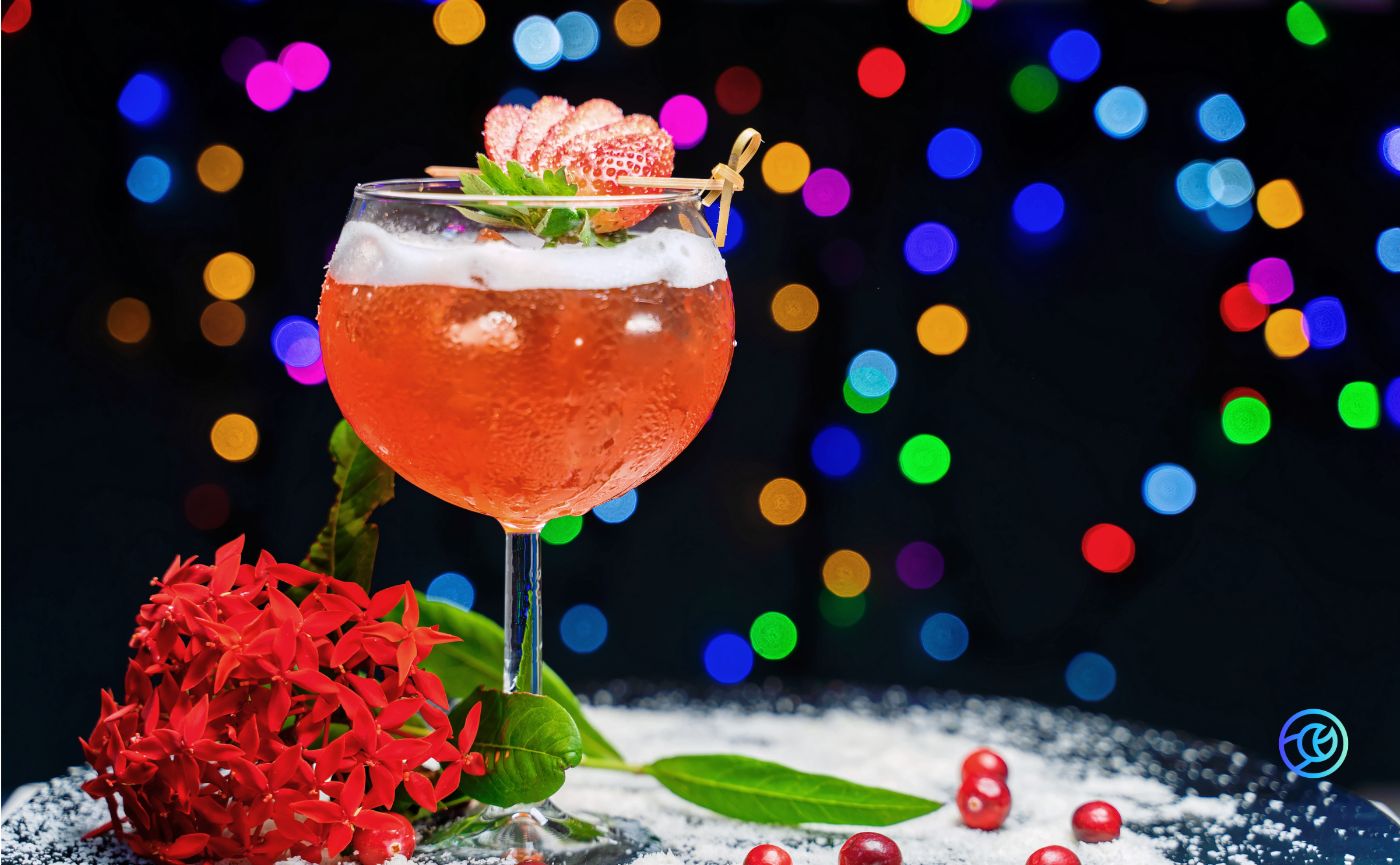Maximizing Sports Sponsorships: Tiger Pistol’s New Playbook for Beverage Marketers Puts Sports Fans in Focus for On-Premise Success
Discover the Winning Strategy for Driving Sales with Local Social Media Advertising
CGA by NIQ, the trusted on-premise measurement, insight, and research consultancy to food & drink businesses across the globe, recently published a series of reports that demonstrate that the future of pubs and bars is intrinsically linked to sports fans.
Bridging Sponsorships with Local Sales Opportunities
To aid beverage marketers seeking to effectively promote sports sponsorships, nurture trade relationships, and engage customers, Tiger Pistol, the most advanced collaborative advertising platform, released a new comprehensive playbook. “Converting Cheers to Sales: A Social Advertising Playbook for Beverage Marketers to Boost On-Premise Sales” explains how beverage marketers can leverage their sports sponsorships through local social media advertising that drives engagement at local retail and on-premise locations.
“While beverage brands often channel resources into sports sponsorships and product placements, CGA’s research begs an alignment of these strategies with local bar and restaurant watch parties,” said Sarah Cucchiara, VP of Business Development at Tiger Pistol. “Through local social advertising, beverage marketers can combine their recognizable brand creative might with their trade partners’ local clout to boost sales and become the go-to brand for local sports fans. Our new playbook reveals how this strategy drives foot traffic and revenue for trade partners, strengthens brand-trade relationships, and creates a direct link between the brand and its consumers.”
Collaborating with Trade Partners for Greater Impact
Cucchiara adds that beverage brands who collaborate with their trade partners on local social advertising for live watch experiences will yield more lucrative results and build on their sponsorship investments.
“The research shows when sports fans visit their local pub or bar to cheer on their favorite team, they stay longer, they spend more, and they come back often. It’s the perfect combination to drive sales,” said Cucchiara. “Brands that use local social advertising to tie their sponsorship to local venues tap into the incredible power of sports fandom and local community spirit to drive sales and extend their sponsorship investment.”
Download the Playbook
Don’t miss out on this game-changing resource that promises to redefine the way beverage marketers approach promoting sports sponsorships. Download our Playbook: Converting Cheers to Sales: A Social Advertising Playbook for Beverage Marketers to Boost On-Premise Sales today.
Discover how Tiger Pistol can power your local advertising success.
Related Posts
Geo-Targeting: A Strategic Approach to Broader Localized Advertising
In addition to retail chain and independent retailer campaigns, geo-targeting provides a flexible method for localizing ads when direct access to individual store accounts isn’t feasible. Geo-targeting maintains brand integrity and complements store-level campaigns by filling coverage gaps across different markets, from busy cities to rural areas. Three Model
Edrington UK Selects Tiger Pistol for Brand Control and Advanced Analytics
Activation strategy connects ad performance and order volume with local social advertising for the international, multi-brand spirits company. Tiger Pistol, the premier local advertising platform, has announced today a new partnership in the United Kingdom with Edrington UK, the sales, marketing and distribution business of Edrington, in support of leading spir
2023’s Must-See Social Media Advertising Content for Beverage Marketers, Unleashed by Tiger Pistol!
As we step into 2024, beverage marketers are faced with the ever-evolving challenge of capturing consumer attention in an increasingly crowded market. Traditional trade marketing tactics have their place, but in this dynamic landscape, it’s time to explore an alternative approach that can truly set your brand apart: local social media advertising. This ro
Conquer OND: Crush Your Competition and Drive Lasting Impact with this Unparalleled Beverage Advertising Strategy
The buzz of the alcoholic beverage high season is just around the corner, with October, November, and December (OND) marking the peak of sales. During these three months, securing prime shelf space, drink list placements, and wine menu appearances is crucial. Gone are the days of relying solely on brand-level campaigns and distributing printed collateral [&he





